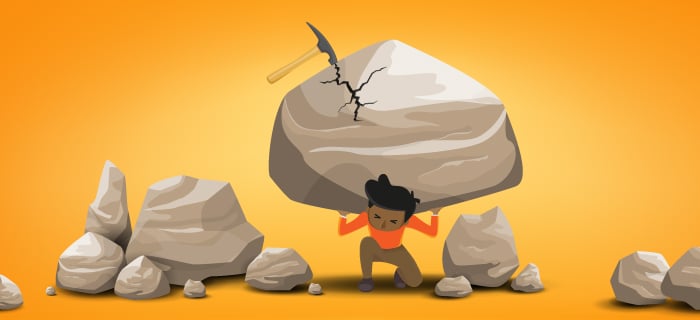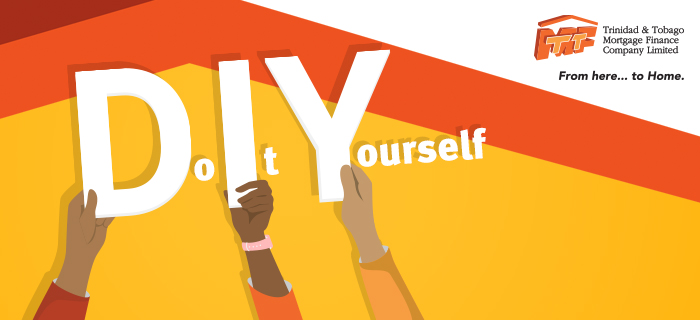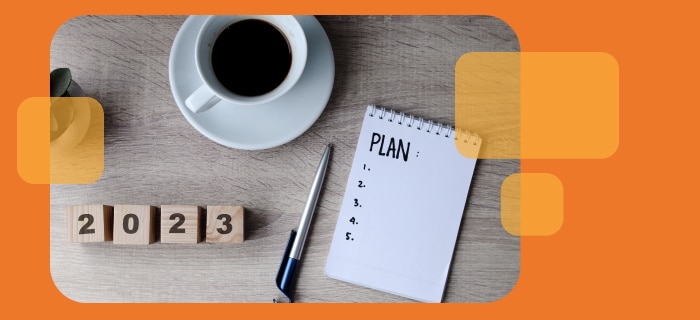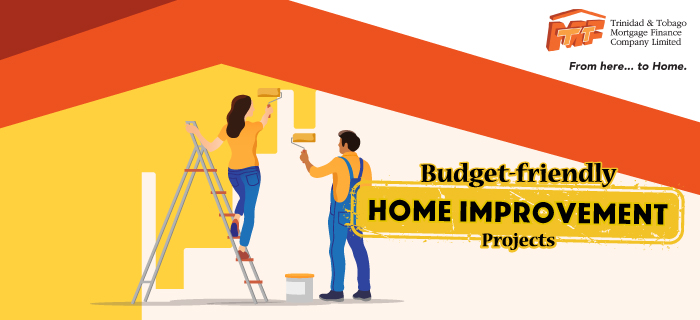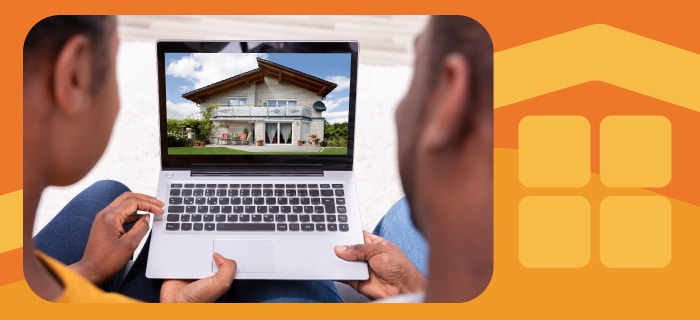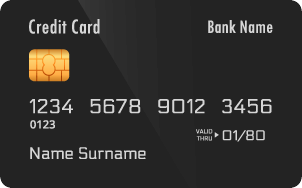Many individuals often find themselves deep within the clutches of debt without remembering how they got there. Before applying for a mortgage (which is a form of long-term debt), it is important to get a handle on existing debt or eliminate them altogether, so you do not end up financially burdened once you become a homeowner. Check out our 5-Step Process on how to manage and eliminate debt below.
What is debt?
A debt refers to a sum of money that is owed to someone else and therefore must be repaid. Debts include any type of loan and the outstanding (i.e. unpaid) balance on a line of credit, overdraft facility or credit card.
5 Steps to Manage Your Debt Better
- Make a list of all of your monthly debt obligations: car loan, personal loan, line of credit, credit card etc.
- Calculate the outstanding balance on each of the above i.e. how much you still need to pay off
- Check the terms of your loan agreements and record the monthly payment amounts and due dates for each type of debt
- If you have not already, ensure that standing orders are set up to deduct the correct amounts from your bank account and transfer them accordingly to make your monthly payments on schedule. The dates that you select are extremely important; you must be certain that there would be enough money in your bank account on the relevant dates and the standing order should be deducted well in advance of your payment due dates. Making your payments about a week in advance can help you avoid incurring late fees or interest charges as it often takes time to transfer funds from one institution to another.
- Check if the financial institution you are indebted to has online or mobile banking. If it is available, sign up so you can check that your payments were received and applied to your outstanding balance on a monthly basis.
5 Steps to Get Out of Debt Faster
- Using your list of debts from above, rank them from high priority to low priority according to their interest rates. For example, the interest rate on a credit card is generally high at 25.2% while a personal loan may carry an interest rate of 6%.
- Review your loan agreements to find out whether the interest owed is fixed or whether it is calculated on the reducing outstanding balance on a monthly basis.
- Apart from making the scheduled monthly payments, you should make additional lumpsum payments, if possible. Prioritise paying off the debts identified as high priority or those where interest is applied on the reducing balance. Clearing these debts first would save you more money than if you were to focus on low-interest fixed interest debts.
- Consolidate your debt if the average interest rate of all your debts taken together is more than the interest rate of a single debt consolidation loan. With debt consolidation, you would only need to make one monthly payment so you will have less stress keeping track of several debts.
- Revaluate whether you need to maintain more than one credit card or reduce the credit limits. Close any accounts that you do not need or those that tempt to you to spend unnecessarily.
With diligence and persistence, you will be on your way to eliminating your troublesome debt soon. When you are ready to apply for a mortgage, we will help take you from here…to home.
